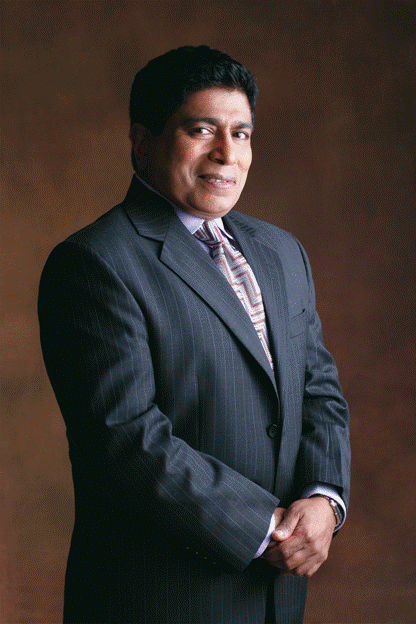Expert Advisory: Ensuring Safety in Hair Transplant Surgery
Dr. Mohan Thomas, Senior Cosmetic Surgeon, Cosmetic Surgery Institute
Hair transplant surgery is generally one of the safest cosmetic procedures, with no known deaths directly caused by the surgery itself. However, recent mortalities reported in India—most recently in Mumbai—highlight serious risks when procedures are not properly managed.
Key concerns include:
Increasing involvement of non-qualified personnel and technicians performing or assisting in surgery, sometimes even ghost surgeries without doctor supervision.
Shift from traditional strip technique (FUT) to follicular unit extraction (FUE), which has led to greater reliance on technicians.
Importance of a fully equipped, sterile surgical environment with advanced monitoring, emergency equipment, and trained personnel skilled in Advanced Cardiac Life Support (ACLS).
The risk of complications such as excessive bleeding, allergic reactions, irregular heart rhythms, or heart attacks during surgery.
Recommendations for prospective patients:
Choose a well-trained, qualified doctor affiliated with a reputable hospital.
Ensure comprehensive preoperative evaluation and clearance, especially if underlying health conditions exist.
Personally inspect the surgical facility multiple times to assess hygiene, sterilization, and emergency preparedness.
Understand that every graft involves multiple entry points on the scalp, increasing infection risk if protocols are lax.
Confirm the presence of strict preoperative, intraoperative, and postoperative monitoring, including follow-up and emergency contact availability.
Be cautious of unusually low prices—they often indicate compromised safety and shortcuts.
Hair transplant surgery can be very safe when performed by experienced doctors in fully equipped settings. Patients must avoid bargain offers that cut corners, as the stakes are high.


.jpg)